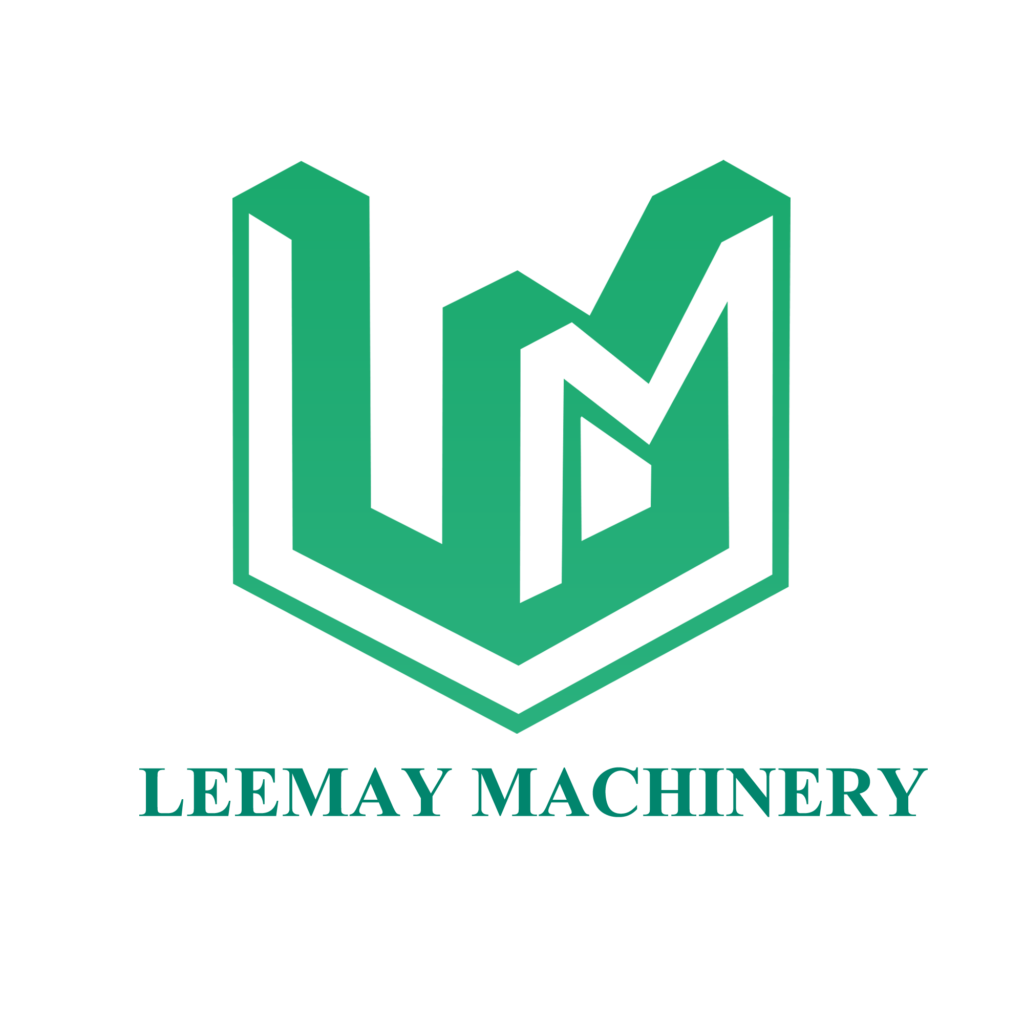When selecting and configuring equipment for a stone crushing production line, multiple factors need to be considered, including material characteristics, capacity requirements, finished product specifications, site conditions, budget, and environmental standards. Today, Leemay Machinery shares some key principles and configuration suggestions to help you make the right choice.
Core Crushing Equipment Selection Logic
1 Crushing Equipment – Based on Material Hardness and Crushing Stage
– Primary Crushing (First Stage):
* Jaw Crusher: Suitable for high-hardness materials (granite, basalt) or medium-hardness materials (limestone). It supports large feed sizes (≤1500mm), offers a high crushing ratio, and strong impact resistance, making it ideal for primary crushing.
* Heavy Hammer Crusher: Best for lower hardness materials (limestone, coal gangue) when “one-time shaping” is required. It can directly crush materials into medium and fine sizes, reducing investment and energy consumption.
– Secondary Crushing (Second Stage):
* Cone Crusher: Suitable for high-hardness materials (granite, iron ore). With the lamination crushing principle, it provides uniform product shape, long wear part life, though the investment is relatively higher.
* Impact Crusher: Suitable for medium and low-hardness materials (limestone, sandstone). It uses impact crushing, producing excellent cubic-shaped products, perfect for applications requiring high particle shape quality, such as construction sand.
– Tertiary Crushing / Sand Making (Third Stage):
* VSI Sand Making Machine: Designed for higher hardness materials, producing well-shaped sand with reasonable gradation. HVI series provides higher efficiency, suitable for large-scale sand production.
* Roller Sand Crusher: Suitable for low-hardness materials (shale, gypsum) or small-scale sand making. It has a simple structure and low cost, but its capacity and shape control are not as good as VSI machines.
2. Screening Equipment – Based on Product Size Requirements
– Circular Vibrating Screen: Ideal for large-scale production with 2–4 layers, capable of producing multiple size specifications simultaneously. It is efficient for medium to coarse particle screening (10–80mm).
– Linear Vibrating Screen: Designed for fine particle screening (0–5mm), widely used in the final stage of sand making lines.
– Screen Layers: Determined by product specifications. For example, producing three stone sizes requires a three-layer screen.
3. Feeding and Conveying Equipment – Matching Capacity and Site Layout
– Vibrating Feeder: Should match the primary crusher’s feed opening and capacity. For example, a jaw crusher with 1200×1500mm feed opening requires a feeder ≥1250×4900mm to ensure continuous and uniform feeding.
– Belt Conveyor: Select width (500–1200mm) and material (standard rubber belt or wear-resistant belt) based on distance, angle, and capacity. For long-distance conveying, multiple relay belts can be used.
4. Auxiliary Equipment – Meeting Environmental and Quality Standards
– Sand Washing Machine: Necessary for reducing mud content in finished sand, especially for concrete use. Options include wheel-type washers (high cleanliness, less fine sand loss) or spiral washers (larger capacity).
– Dust and Noise Control: In areas with strict environmental regulations, pulse bag dust collectors (≥99% efficiency) and sound enclosures should be installed, ensuring dust emission ≤20mg/m³ and noise ≤85dB.
– Spray Systems: Installed in crushing and screening stages to reduce dust, water consumption is usually 1%–3% of material throughput.
Conclusion
The selection of stone crushing production line equipment should be customized according to material properties, production requirements, and environmental standards. By carefully configuring crushers, screens, feeders, conveyors, and auxiliary systems, you can build a highly efficient and economical stone production line.
For more detailed consultation and customized solutions, feel free to contact Leemay Machinery.

Leave a Reply